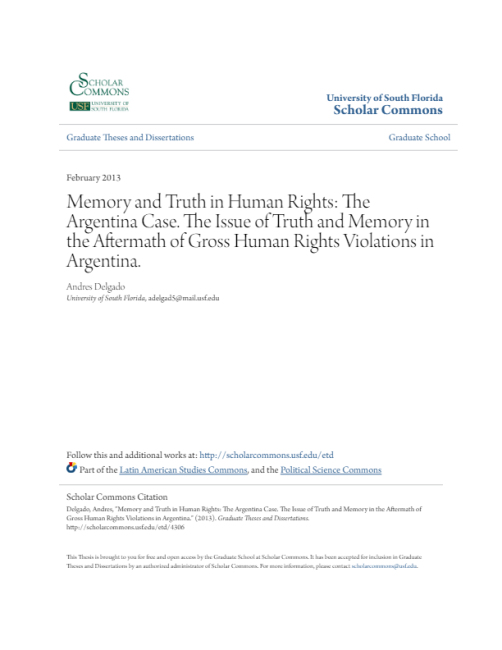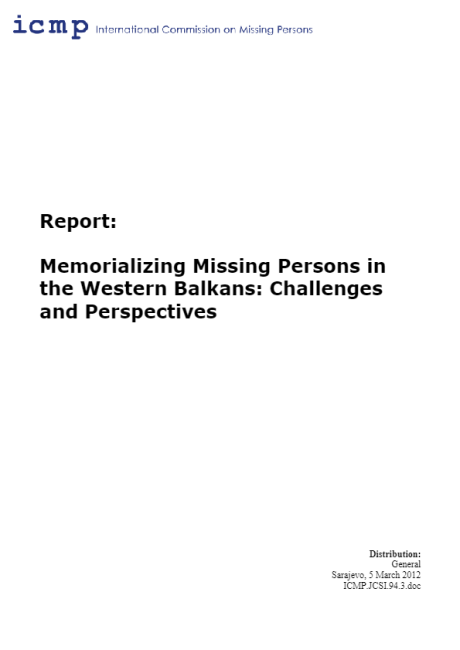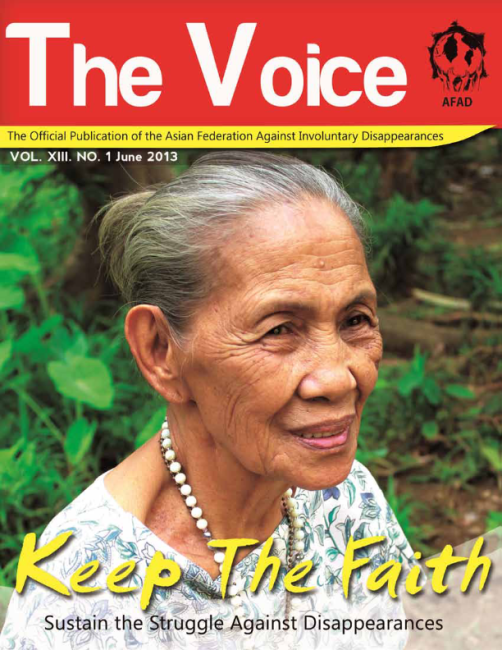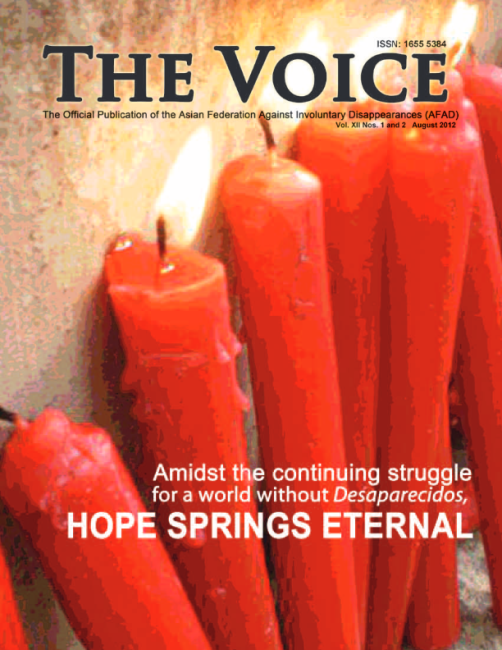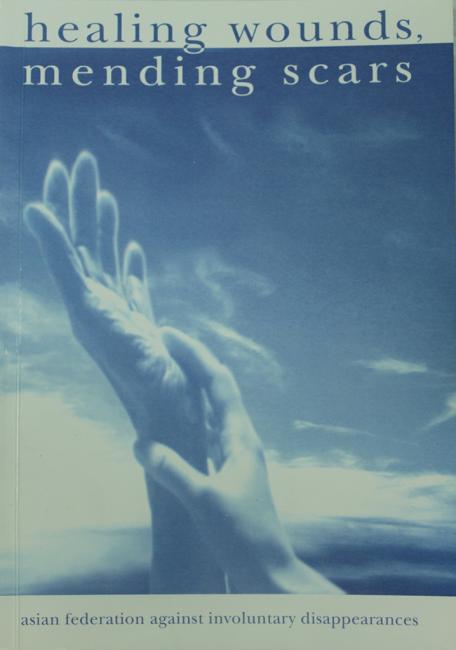
Curating memories of armed state actors in Peru’s era of transitional justice
Ten years have passed since the Peruvian Truth and Reconciliation Commission (Comisión de la Verdad y Reconciliación) published their findings on the conflict that claimed over 69,000 lives from 1980 to 2000. While the Comisión de la Verdad y Reconciliación placed primary responsibility for deaths and disappearances (54%) on the insurrectionary group Shining Path (Sendero Luminoso), it also named armed state actors as having systematically committed acts of violence. Publicly shamed for their collusion in the corrupt Fujimori government, state security forces initially lent their support to the Comisión de la Verdad y Reconciliación and to the transition to democracy. Yet, over the last decade, armed state actors have appropriated the language, imagery and mechanisms of human rights memory entrepreneurs to advance their own versions of Peru’s recent past which oppose the Comisión de la Verdad y Reconciliación’s findings while highlighting state actors’ heroism. This article examines two such endeavors to reframe this past, the National Police Terrorism Unit (DINCOTE) museum and the Armed Forces Monument to the Heroes of Chavín de Huántar.



